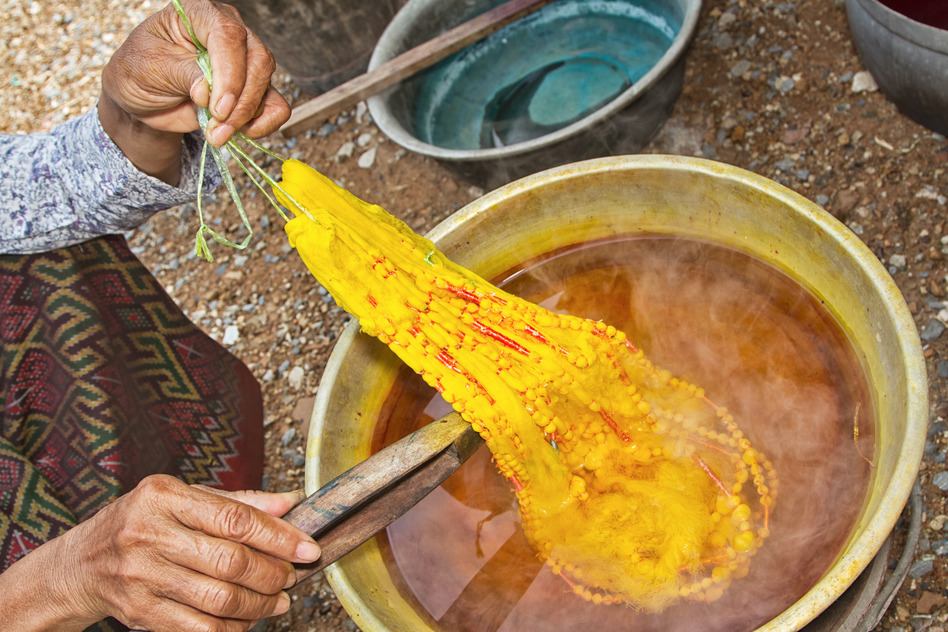
New business strategies of retail, new challenges for textile supply.
In the present scenario of the textile industry, global fashion brands are making sustainable manufacturing and social commitment the core of their values.
In this sense, the concept of “buy one, donate one” is an initiative that caught my attention the most, especially among millennial consumers: according to a survey by Nielsen, every year there is an increasing number of youngsters willing to pay more for products manufactured in a socially and environmentally responsible manner.
The proposal is very clear and perhaps brilliant from the marketing perspective: clients buy a product and the brand makes a commitment to donate another one to a low-income community, for example, in Africa.
This is a winner idea: The consumer is not only buying a product, but also the feeling that they are “making their own little contribution”. Likewise, it strengthens the bond between customers and the company; and, on the other hand, a person will benefit as a result of this purchase. It seems like a win-win situation for everyone. But, is it really?
First, it is very difficult to challenge this proposal because of the stories of impact that are published regarding the millions of garments and footwear that end up being worn by poor children around the world. So, why is this model being criticized by experts in corporate social responsibility? And, what other possibilities are there when it comes to analyzing how textile manufacturing can generate a positive social impact?
The perspective of professionals.
Firstly, this proposal is not a movement; it is a trend, and as such, it is more shallow, “fluctuating and replaceable”, as noted by Phillip Haid when challenging the “Buy One, Give One”.
Regarding the scope of this model, Valeria Budinich, Vice-President of Ashoka, an NGO Ashoka makes a clear statement to the NY Times: “There is definitely a significant need for footwear in marginal markets […], but those markets need new technologies, new processes and manufacturing chains […]. These models have positive qualities, but they are not designed to generate a deep level of transformation; they do not create value”.
From a psychological point of view, this model is definitely a great success: according to this study by the University of Oregon, people tend to be more concerned about the suffering of an individual than about the problems of a community. For that reason, it seems logical to understand why the consumer might feel comforted when buying items from a certain brand that uses this system: “now a child will have footwear or clothes” as a result of that action.
Another voice that adds to the controversy is that of April Joyner, a journalist, who comments in The New Yorker: “This type of donation may, in fact, cause harm, as they reduce the demand of locally manufactured products. If, for example, free footwear was provided for the people in Ghana, wouldn’t that be to the detriment of local factories and shoe stores?.
Likewise, it is necessary to pay close attention to the dependency these brands could generate by giving away goods that, as time goes by, need to be replaced. It is also appropriate to consider whether the footwear and garments given away are really adequate for the children in rural villages in Africa. Does the fact they are totally free mean they are really adequate?.
Simply donating goods or resources means nothing when it comes to fighting against the underlying causes of poverty. In fact, it could prevent any other long-term transition into a real solution, as a result of the community creating a relationship of dependence on an external group that provides help”, summarizes Hannah Ritchie at SustainableBrands.com.
So, are there other better experiences?
“If you tell me that shoes are locally manufactured and sold, helping to create employment that implies fair salaries and good work conditions, then the problem could be tackled from a deeper perspective”, argues Gregor Dees, from the University of Duke. And I believe this is the tip of the iceberg we must jump in if we want to produce textile materials in a sustainable manner and with social responsibility.
A good example of its viability is the experience of the Ethical Fashion Initiative who, under the slogan: ”Not Charity, Just Work”, seeks to connect women artisan from impoverished areas in countries such as Cambodia, Burkina Faso and Kenya, with couture companies.
This initiative “has shown that it is possible to build a responsible fashion industry and that ethical fashion can provide a path to end poverty”, they explain in their website; “this partnership creates employment in impoverished areas; with benefits that spill over to the entire community”.
My personal conclusion is a famous phrase that a dear old friend repeats all the time:
“Don’t give me fish; teach me to fish”.











































